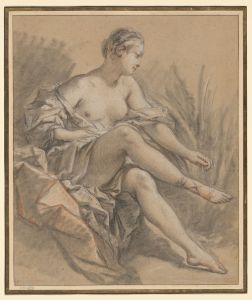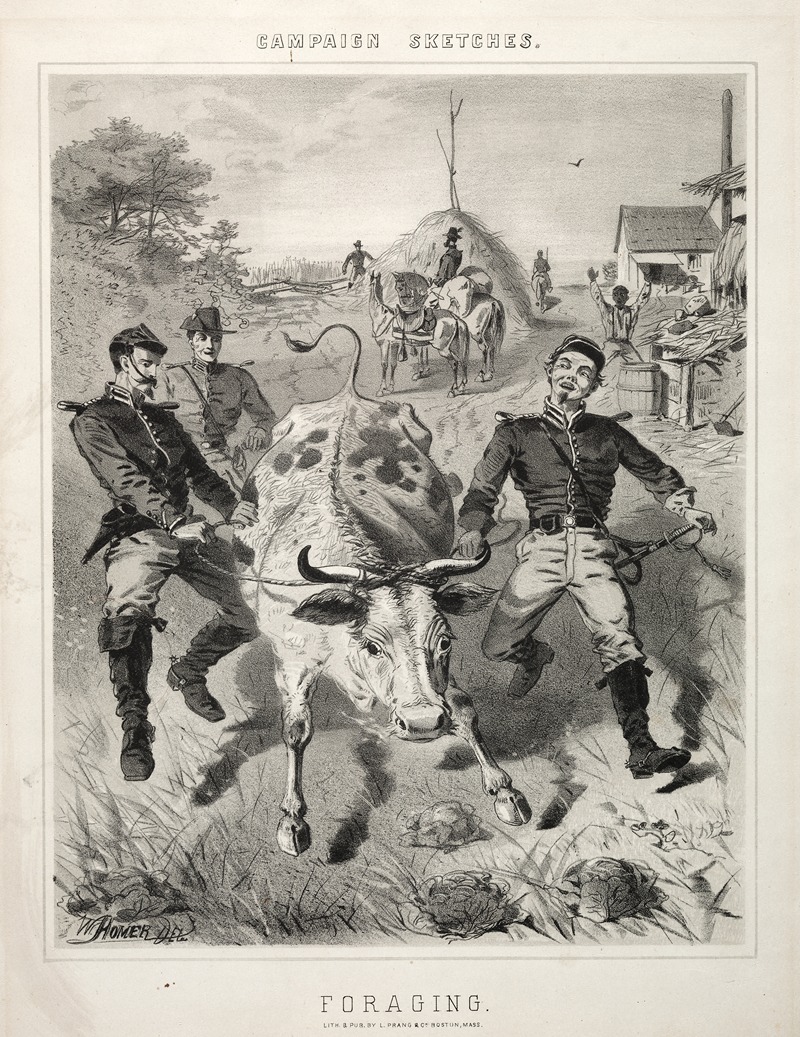
Campaign Sketches; Foraging
A hand-painted replica of Winslow Homer’s masterpiece Campaign Sketches; Foraging, meticulously crafted by professional artists to capture the true essence of the original. Each piece is created with museum-quality canvas and rare mineral pigments, carefully painted by experienced artists with delicate brushstrokes and rich, layered colors to perfectly recreate the texture of the original artwork. Unlike machine-printed reproductions, this hand-painted version brings the painting to life, infused with the artist’s emotions and skill in every stroke. Whether for personal collection or home decoration, it instantly elevates the artistic atmosphere of any space.
"Campaign Sketches; Foraging" is an artwork created by the American artist Winslow Homer, one of the most prominent painters of the 19th century. The piece is part of Homer’s early body of work, which often depicted scenes from the American Civil War. Winslow Homer worked as an illustrator for Harper's Weekly during the war, and his experiences on the battlefield informed much of his artistic output during this period.
This particular work, "Campaign Sketches; Foraging," was published as a wood engraving in Harper's Weekly on December 21, 1861. The illustration portrays Union soldiers engaged in foraging activities, a common practice during the Civil War. Foraging involved soldiers gathering food and supplies from the surrounding countryside, often from local farms, to sustain themselves during military campaigns. The scene captures a moment of relative calm amidst the chaos of war, focusing on the soldiers' daily lives rather than combat.
Homer’s depiction is notable for its attention to detail and its ability to humanize the soldiers. The engraving shows a group of men interacting with one another and their environment, providing insight into the realities of life for Union troops. The composition reflects Homer’s skill in storytelling through visual art, as well as his ability to convey the complexities of war beyond the battlefield.
As a wood engraving, "Campaign Sketches; Foraging" was created for mass reproduction and distribution, making it accessible to a wide audience during the Civil War. This medium was commonly used in illustrated periodicals of the time, allowing artists like Homer to reach readers across the United States. The work is an example of Homer’s early career as an illustrator, which laid the foundation for his later success as a painter.
"Campaign Sketches; Foraging" is significant as part of Homer’s broader contribution to Civil War art. His illustrations provided contemporary audiences with a visual record of the war, offering both documentation and artistic interpretation. Today, works like this engraving are valued for their historical and artistic importance, shedding light on the experiences of soldiers and the role of artists in shaping public perceptions of the war.
Winslow Homer would go on to become one of America’s most celebrated painters, known for his landscapes and seascapes. However, his early work as an illustrator remains an essential part of his artistic legacy, demonstrating his keen observational skills and his ability to capture the human experience.





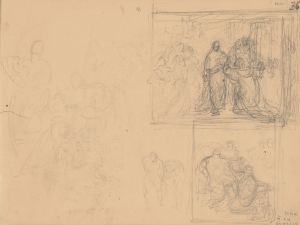
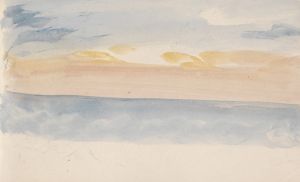
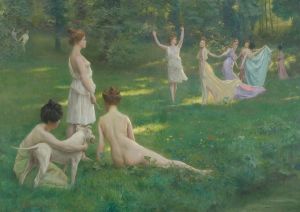
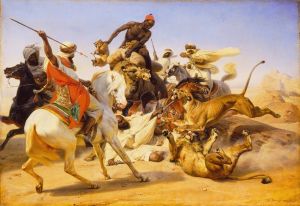
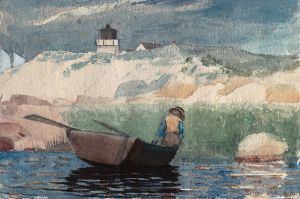
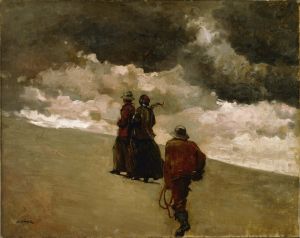
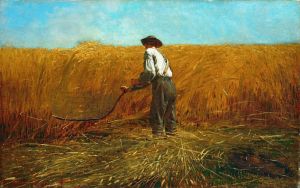
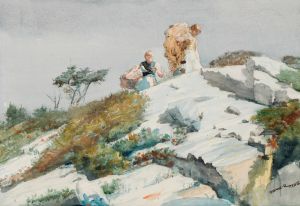
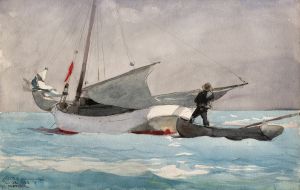
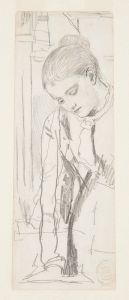
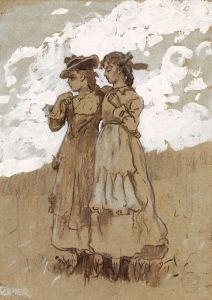
![Miscellaneous small sketches for inlaid table tops.] [Design with female face and cocktail beverage](/imgs/249434/s/winold-reiss-miscellaneous-small-sketches-for-inlaid-table-tops-design-with-female-face-and-cocktail-beverage-70c0c6ed.jpg)
![Miscellaneous small sketches for inlaid table tops.] [Design with geometric motif](/imgs/249435/s/winold-reiss-miscellaneous-small-sketches-for-inlaid-table-tops-design-with-geometric-motif-a72246b5.jpg)
